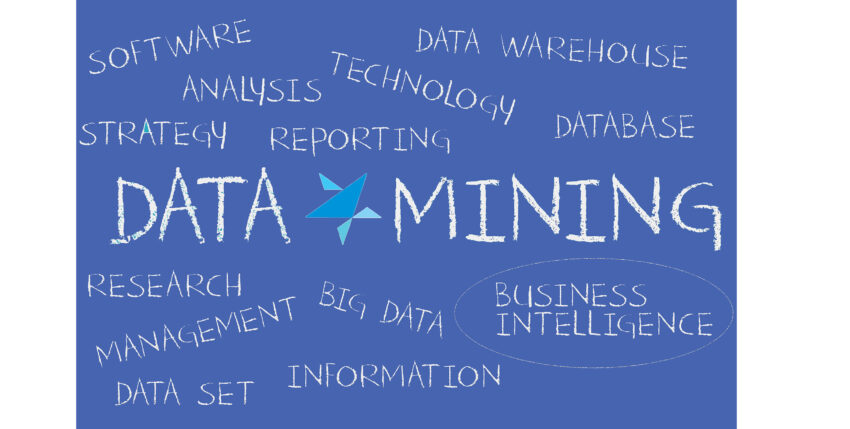
Competitive with Data Mining
Data Mining is the application of statistical methods to extremely large and complex data sets. The goal is to achieve “Big data Business Intelligence” with Data Mining. How does it work?
An example from the seminar administration: seminar service provider Mustermann intends to offer a new training course on the topic of “data protection”. It has to be clarified which participants from the existing customer base are eligible for the future seminar.
With Data Mining it is possible to define a target group based on detailed analyses. The required transparency is achieved by means of parameter queries of the existing customers, e.g. about “qualification” and “previously attended seminars”. In addition, a combined query can be used to separate which qualifications and further seminars a potential data protection participant still needs.
By means of data mining, data correlations can be filtered automatically, depending on the higher-level objectives. These are successfully used for new trend analyses, or to derive patterns and cross-references from the data.
Conclusion: Data Mining analyses promote the effective use of data to increase profitability and competitiveness.
In practice, companies often have large data stocks. For queries and evaluations, however, these data stocks are not or only with difficulty usable. Furthermore, it is not possible for the user to evaluate the data via an interface. Comprehensive analyses are therefore rather difficult to realize.
Christian Paucksch, managing director of Sta*Ware GmbH puts it in a nutshell: “Ideally, data is collected and provided in the CRM or ERP system and evaluated with the help of a business analytics tool. Data from all departments and areas of a company are thus brought together and integrated into a uniform database environment in order to store them without redundancies. This allows business processes to function flawlessly and without media disruption. Above all, the joint use of CRM and ERP data, as realized in the Sta*Ware BusinessNavigator, enables economically effective synergies“.
The realization works as follows: The marketing department of the seminar administrator creates a new seminar in the system after internal approval. Synchronously, this data is transparently visible throughout the company. Management, organization, event, marketing, sales and production can thus act promptly. Starting with the selection and acquisition of participants, ordering the seminar booking, organizing the event location and producing the seminar documents. An efficient planning and execution according to the cross-company value chain is thus always guaranteed.
With the Sta*Ware Business Analytics Center module, Sta*Ware GmbH offers its customers detailed data analysis to support strategic corporate management. The basis for the evaluation and presentation of data is the Sta*Ware process methodology and the structured collection of corporate data in conjunction with OLAP mechanisms. This means that all company data is available in a uniform database, centrally and in a structured manner in real time.
Standard reports or individual queries are possible at any time. Reports such as forecast, BWA, contribution margin accounting, liquidity planning, work in progress, company-specific reports, pivot assistants, drill-down concept are included in the standard functions. Periodic and ad hoc evaluations for corporate management can be called up at any time across divisions.


